
How are Parmesan and ParmigianoReggiano different? — Garlic Delight
The Parmigiano Reggiano, on the other hand, goes from 12 to 48 months (beyond 30 months is called "Stravecchio"). 7 main differences between Parmigiano Reggiano and Grana Padano. 1) The Parmigiano Reggiano is produced without any sort of additives - including natural additives. The Grana Padano uses Lisozima, a protein extracted from the.

Big wedge of parmigianoreggiano parmesan hard Italian cheese made from cow milk or Grana Padano
Italian hard cooked types of cheese, like Parmigiano Reggiano and Grana Padano, are characterised by positive nutritional qualities. In fact, they contain substances that have particular biological activities, and therefore they can be fully considered, according to the definition given by the European Unit, as 'functional' foods.
.jpg)
Parmigiano Reggiano & Grana Padano MonteCarlo Fine Taste ltd.
Afterward, the curds are molded into large wheels and immersed in brine to enhance its flavor and preserve it. Grana Padano undergoes a shorter aging period compared to Parmigiano Reggiano, typically aging for a minimum of 9 months. This results in a cheese with a slightly softer texture and a milder, delicate flavor.

Grana Padano & Parmigiano Reggiano — Bravo Italy Gourmet
Parmigiano Reggiano, Parmesan and Grana Padano are known in Italy as ' Grana ' cheeses. Grana is a type of hard, mature cheese with a granular texture, most often used for grating. Grana cheeses are typically made in the form of large wheels.

Grana Padano & Parmigiano Reggiano — Bravo Italy Gourmet
Grana Padano is a hard, flaky, aged Italian cheese that can be compared to Parmigiano-Reggiano. ( Grana means grain in Italian and refers to the texture.) Grana tends to be less crumbly, milder, and less nuanced than Parmigiano-Reggiano, which is aged for a longer minimum time frame. Fast Facts Milk Source: Cow
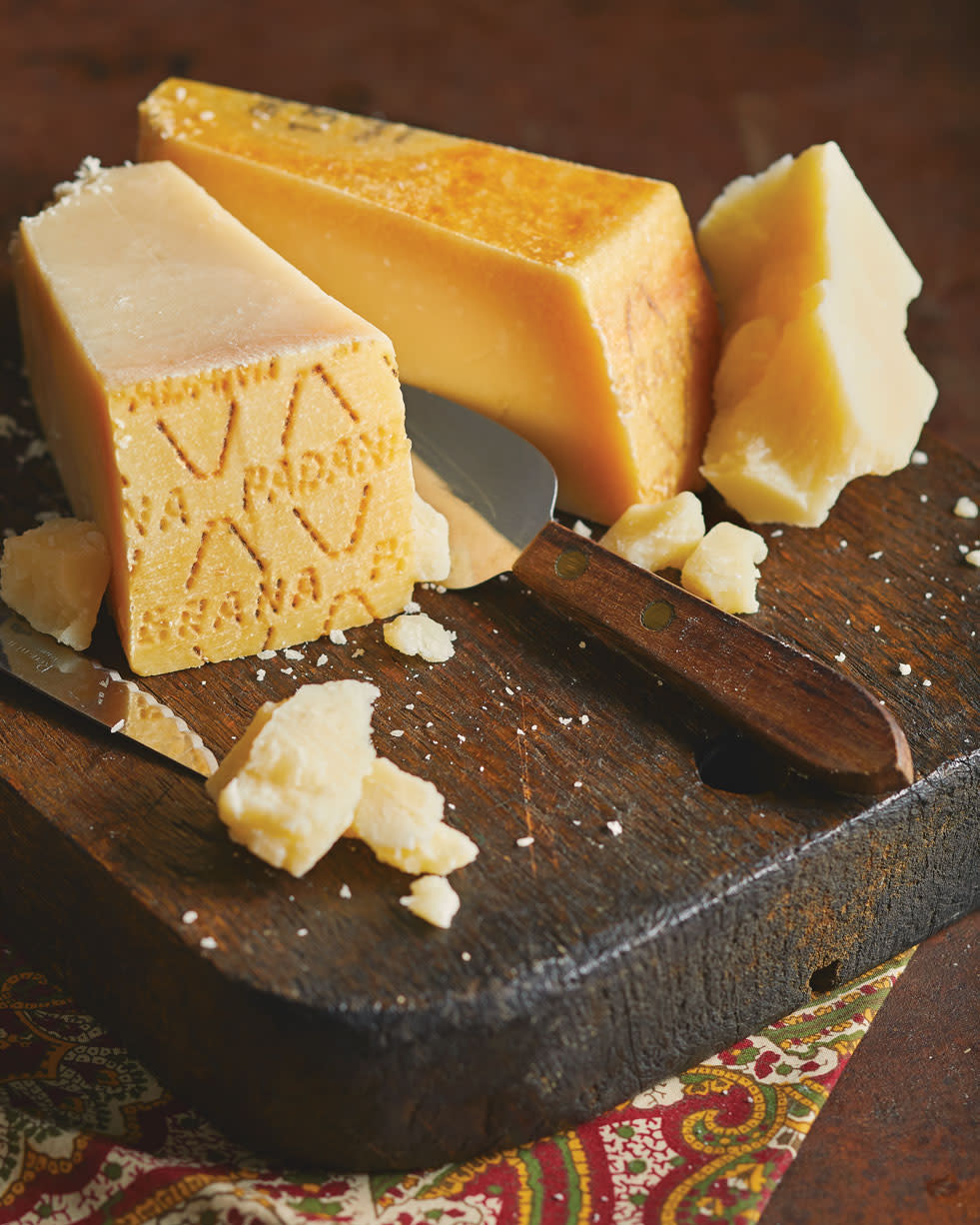
Grana Padano vs ParmigianoReggiano
Grana Padano and Parmigiano Reggiano are both PDO Italian hard cheeses shaped like big cylinders, which are thoroughly checked before being hot-branded on the rind. They are two of the most popular Italian cheese produced in different regions of Italy and with a different profile. Grana Padano is a cheese that has been produced for centuries in Italy.

Cantarelli S.p.A Parmigiano Reggiano, Grana Padano, Prosciutto Crudo e Prosciutto di Parma
Parmigiano-Reggiano has Protected Designation of Origin status; Denominazione di Origine Protetta or DOP, in Italian. Grana Padano and Pecorino Romano, the two other popular Italian hard cheeses.
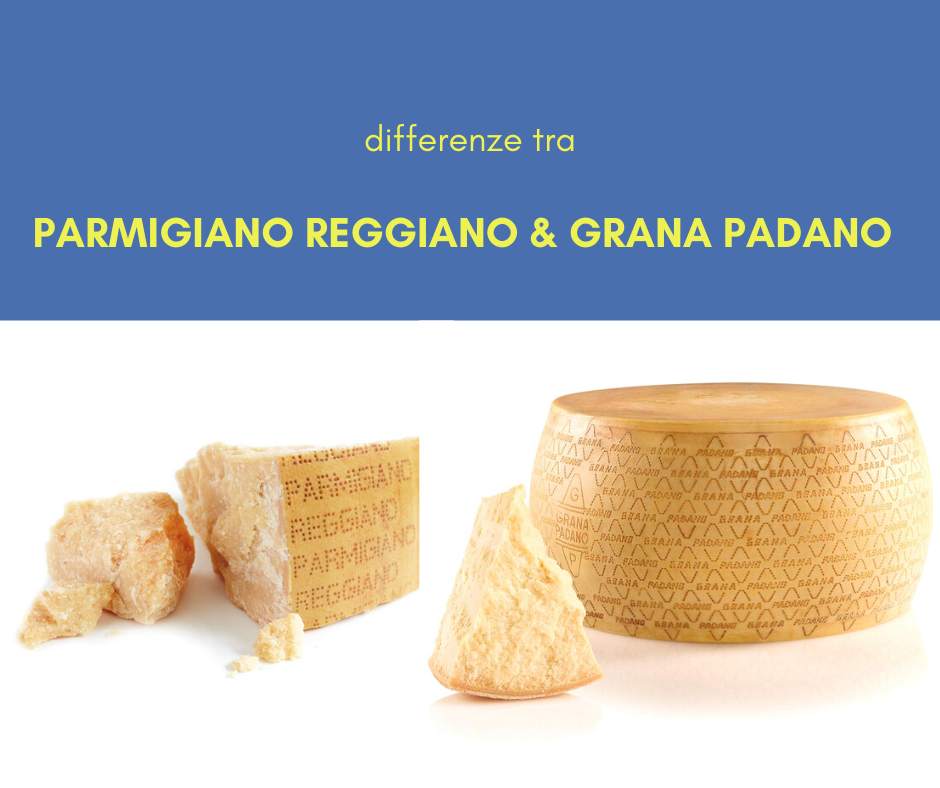
Le differenze tra Parmigiano Reggiano e Grana Padano
Grana Padano's origins can be traced back to 1135, and the ingenuity of the Benedictine monks in the Chiaravalle Abbey, south of Milan, who developed its recipe to conserve excess milk stocks for long periods. Appearance: the two cheeses are practically identical in shape, size and weight.

Grana Padano & Parmigiano Reggiano Cheese
Grana Padano is a cheese originated from Po River Valley in northern Italy that has similar characteristics as Parmigiano Reggiano. The name comes from the Italian word grana, a reference.

Grana Padano o Parmigiano Reggiano? ⋆ Stefano Nico
Like Parmigiano-Reggiano, Grana Padano is a golden, hard-rind cheese made using cow's milk. The production region is much larger than that of the King of Cheeses, and, at nine months, the.
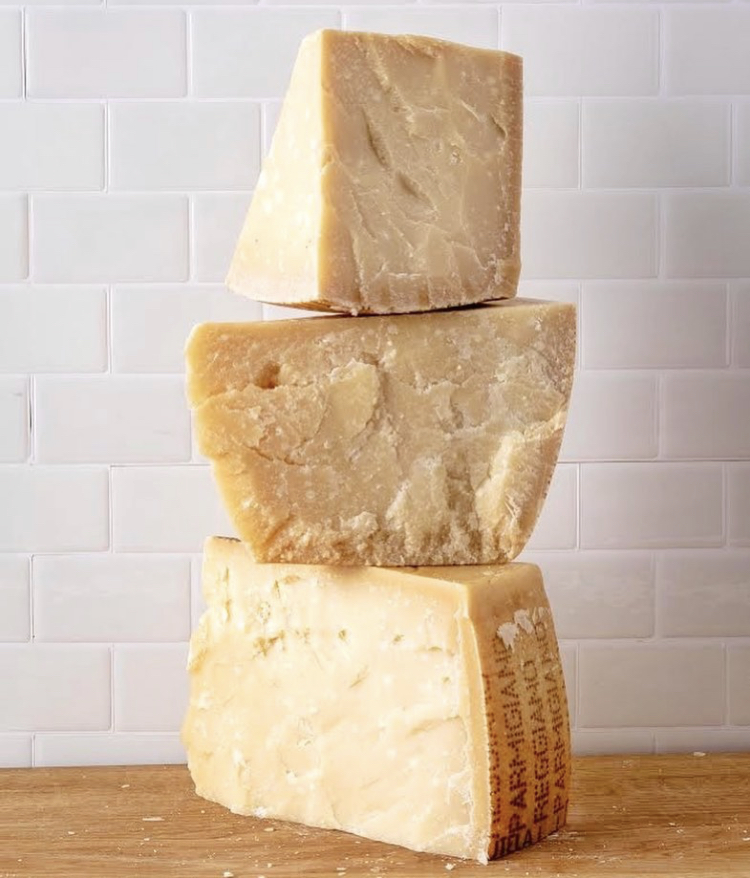
Parmigiano Reggiano o Grana Padano La Bottega Clandestina
Grana Padano is a cheese originating in the Po Valley, in Northern Italy, that is similar to Parmigiano Reggiano. There are less strict regulations governing its production compared to Parmigiano Reggiano. [1] This hard, crumbly- textured cheese is made with unpasteurized cows' milk that is semi- skimmed through a natural creaming process.
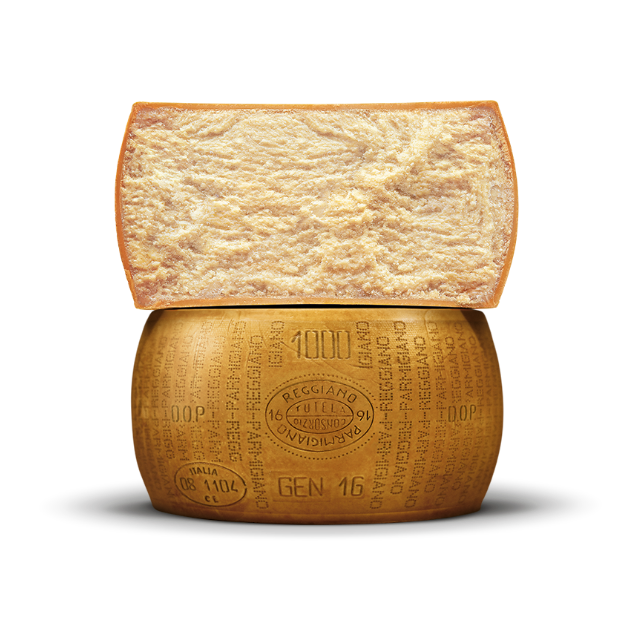
Guide Parmigiano Reggiano & Grana Padano Parmigiano Reggiano
About 4,800,000 wheels of Grana Padano are produced each year (compared to about 3,400,000 wheels of Parmigiano-Reggiano), making this Italy's most produced cheese. The cows are grazing on different pastures, different soil. This translates into the cheeses to produce slightly different tastes.
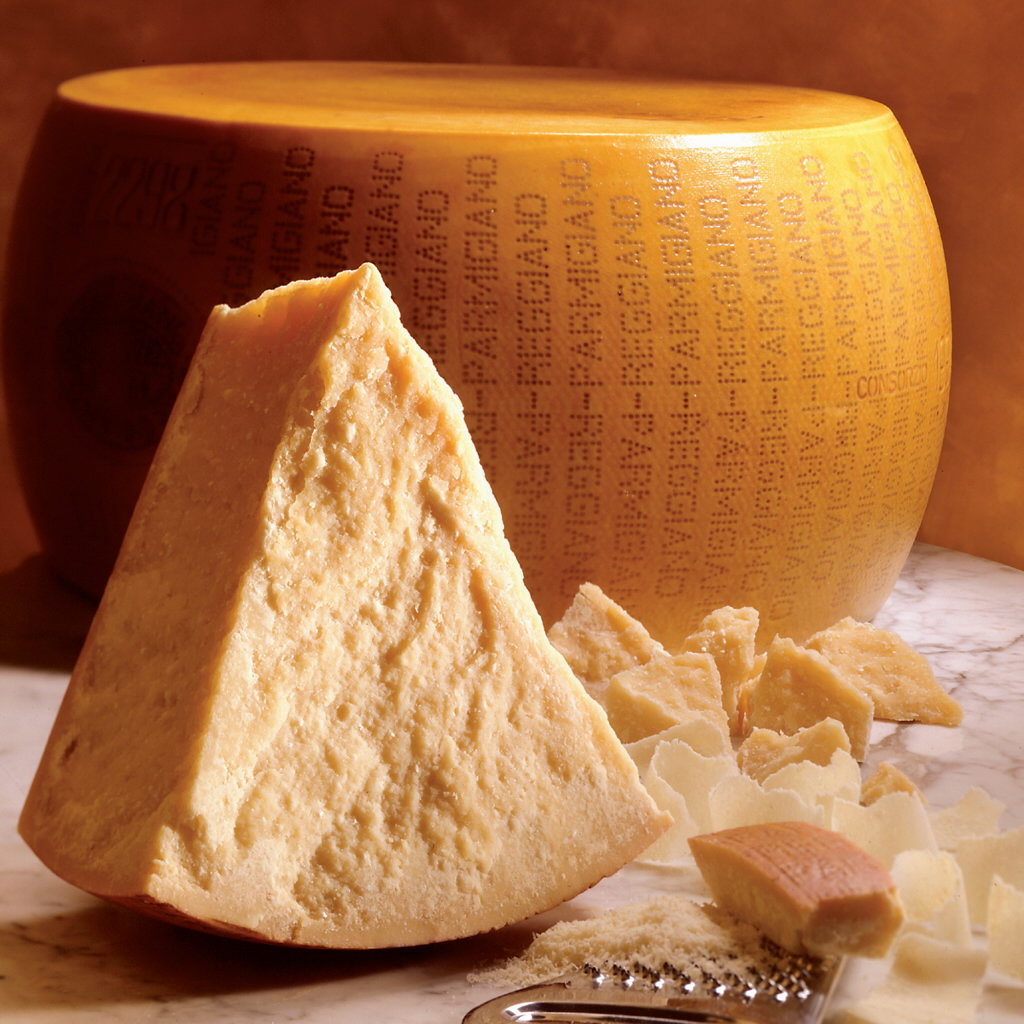
Parmigiano Reggiano e Grana Padano sono i formaggi più esportati d'Italia ParmaPress24
Grana Padano is a Protected Designation of Origin (PDO) cheese, meaning it has a set of rules that must be followed and must have been made in a specific place to call itself by that name. It is made throughout the Po River Valley with partially skimmed raw milk from cows that eat mostly grass or "preserved fodder."

Parmigiano Reggiano en/of Grana Padano Twee briljanten van de italiaanse zuivelmakers
Grana Padano cheese therefore has a lower fat content that Parmigiano Reggiano, which influences the final result quite significantly. Conservation. The main difference in the production phase of these two cheeses is the use of lysozyme, that is used in Grana Padano as a preservative while it is not used in the production of Parmigiano Reggiano.

Grana Padano vs Parmigiano Reggiano
The grain-feeding creates a slightly fattier and sweeter milk, and the younger age creates a paste that, while still granular in texture, is slightly creamier and less crumbly than Parmigiano-Reggiano. While Parmigiano-Reggiano enjoys a greater level of importance in the minds of consumers, Grana Padano is actually the best-selling PDO cheese.
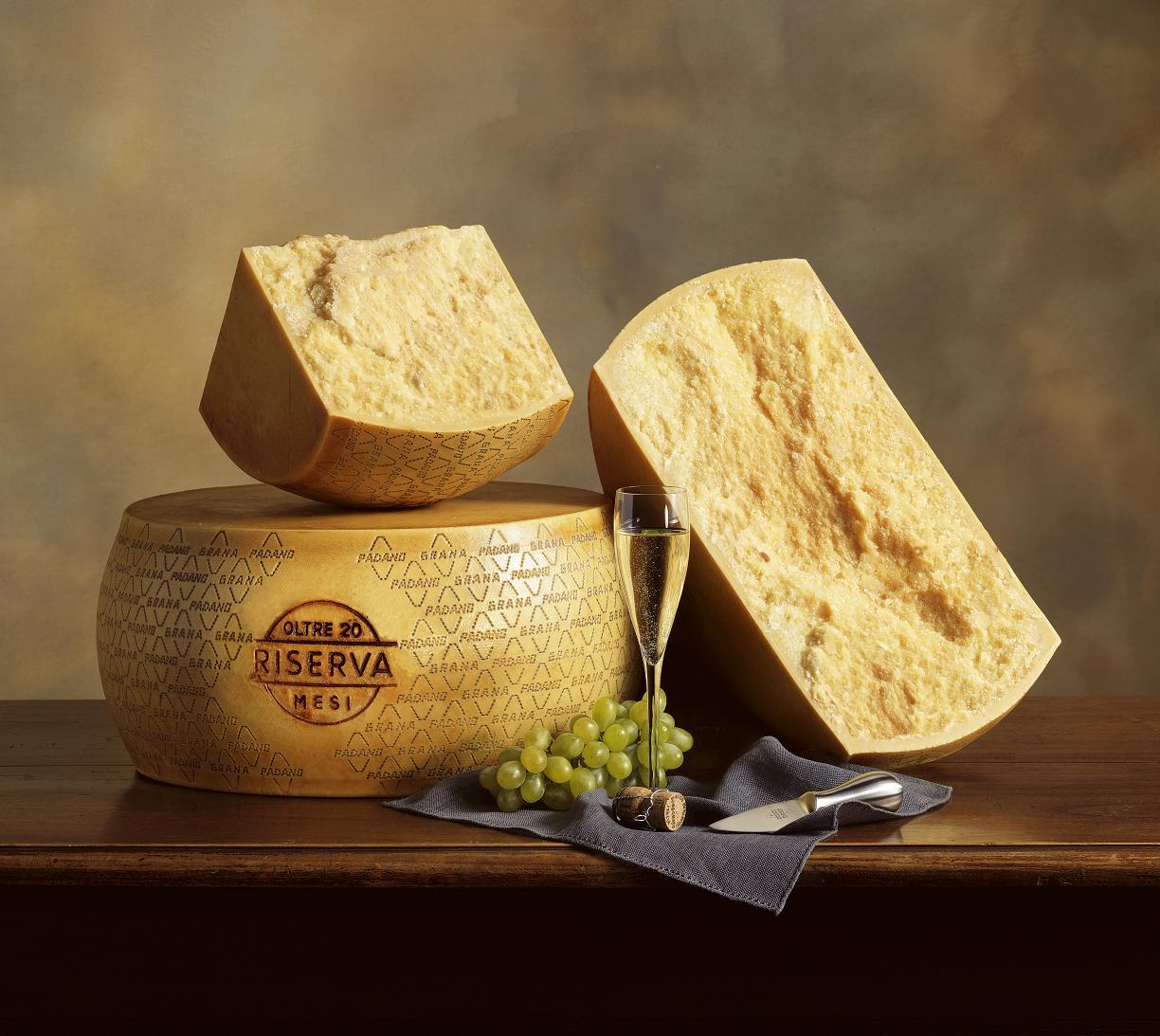
Parmigiano Reggiano en Grana Padano Hugo van der Graaf Kaas & Noten
Parmesan is a nick-name, but stems from Parmigano Reggiano: a cheese from the Parma and/or Reggio Emilia region of Italy. A similar cheese from a neighboring region is Grana Padano. Monks in northern Italy's Po valley encouraged the breeding of cattle for food/milk as early as the 11th century; the excess milk was made into long-aging cheese in what we know today as Grana Padano (the same.